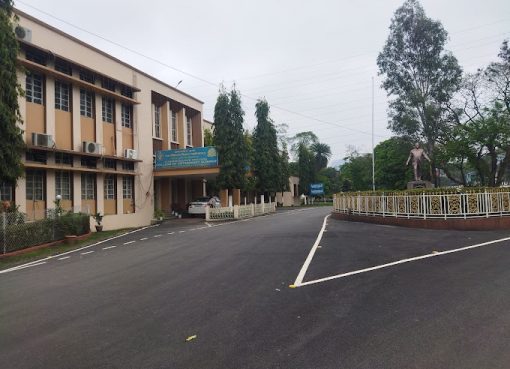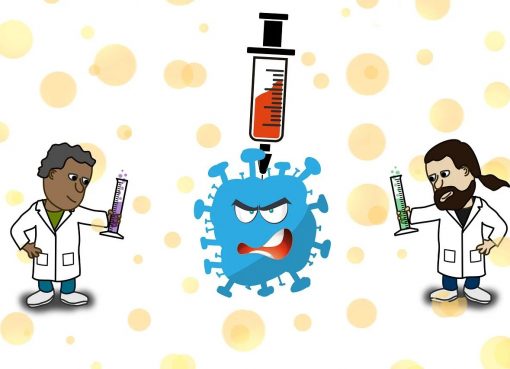Are you falling a Prey to….??
Friends, I exactly don’t remember, it was when I first got an e-mail requesting an article for publication…., it would be somewhere in the 2010 or 2011, during the days of my masters. Until then, I never had realized that my work, even as a postgraduate student was of that value to get an invitation for submission of a research article. Since then, it has been more than four years, I am associated with academics/research and such e-mails are being encountered almost every day. I think, this is not something experienced only by me, but I am sure that almost all of us are getting such e-mails on a regular basis. In most cases, the names of the publishers and journals are new and in the category of “never heard before”. I thought this background will make my job easier to make you realize the nuisance of a “kind of ignored and neglected” topic of Predatory Publishers, which I am going to discuss below-
Academic publications of different categories are now-a-days considered as one of the very important parameters to assess the domain-specific efficiency of an individual associated with academics/research and there is significant amount of pressure on the scientific community to keep regularly publishing. Important career achievements of academicians/researchers are also influenced by publications, to a great extent. Publishing an article in high impact journals needs not only significant investment of money, time and intellect but also persistence and perseverance. High impact factor journals are almost always burdened with large number of submissions, leading to delay in acceptance and subsequent publication. The average rates of acceptance of articles in reputed journals are also very low because of their higher publication standard and it tends to decrease with an increase in the impact factor of the publication. One of the most respected scientific journals, Nature (Impact factor 40.137) had an acceptance of only 9.1 per cent during 1997 to 2013. According to another reputed journal, Endocrinology (Impact factor 4.286), the average acceptance is around 30 per cent; the same for PLOS ONE (Impact factor 2.308) is presently close to 50 per cent. So, this now is an established fact that because of multiple complex factors, studies carried out by a large chunk of the scientific community cannot publish their findings in the creamy layer journals of respective fields and majority of them are from the developing world. This imbalance has given abundant feed to the mushrooming business of unscrupulous so-called open-access journals (not all) with dubious credentials which are popularly referred by the term Predatory Publishers.
According to Jeffrey Beall, an Associate Professor in University of Colorado (in 2010), predatory journals and publishers are those that exploit the open-access model to profit from scholarly publishing in a dishonest way. Kearney (2015) has defined it as an exploitative open-access publishing business model that involves charging publication fees to authors without providing the editorial and publishing services associated with legitimate journals. Even though, this is no longer a new topic among the members of the scientific community, it lacks adequate awareness and a significant proportion of researchers are still falling in to the trap of these publishers.
The Beall List:
In the year 2010, Dr. Jeffery Beall, published a list of Predatory Journals and Publishers, known as Beall List. Dr. Beall did a very elaborative and systematic study on the behaviour and character of the publishers and journals relying on a number of parameters, details of which is available online (https://beallslist.weebly.com/). Since it was first published, the list today has grown by many folds. Even though this list was an eye opener, it was also criticized by a section, blaming it to be biased and alleging that most of the parameters considered for inclusion/exclusion were descriptive and have little scope for quantification and scoring.
“Who’s afraid of Peer Review”?
The heading may be little confusing but this is the title of an article published in the October 2013 issue of Science (Vol. 342, Issue 6154, pp. 60-65), in which the author John Bohannon reported very interesting and yet surprising findings of a study on predatory publishers. The author during the span of a few months developed a large number of similar manuscripts with deliberate serious scientific flaws in them. The author of the manuscripts was an imaginary individual with a non-existing institute as his affiliation. The articles were then submitted to 304 different open-access journals and till the time Science reported this sting, 157 so called peer reviewed journals had accepted and 98 had rejected the articles. Regarding the quality of the articles, I am quoting the actual lines from the author “Any reviewer with more than a high-school knowledge of chemistry and the ability to understand a basic data plot should have spotted the paper’s short-comings immediately. Its experiments are so hopelessly flawed that the results are meaningless”. The article in Science was elaborative and covered many aspects regarding the modus operandi of this global profit-making industry of duping researchers.
“Dr. Fraud” could have been the Editor of 40 journals:
In yet another exposing sting on the Predatory Journals and Publishers, reported in the Comment Section of March/2107 issue of the journal Nature, an imaginary individual named Dr. Anna O. Szust (oszust is Polish term for “fraud”) was projected as an Associate Professor working in a university in Poland. The imaginary CV of Dr. O. Szust was dismal with neither having any journal article to her credit nor having any editorial experience. The book chapters included in the CV as publication were also counterfeit. This CV was submitted to a total of 360 journals and surprisingly till the finding was submitted to Nature, 40 journals accepted Dr. O. Szust alias Dr. Fraud as their editors. This not only exposes the quality of so called peer reviewed journals but also raises serious doubts about the credibility of their editors.
What is the problem?
Now the question is, what is the problem associated with these Predatory Publishers? Predatory Publishers are not only demotivating scientists in doing the actual research but also creating a large amount of junk science or pseudo-science, which many a times masks the actual science. New researchers, unaware of this, often fail to differentiate between genuine and counterfeit journals, and tend collect junk and misleading scientific data as a part of the review, which leads to undesired cumulative effects in different levels and different aspects wasting valuable time and money.
It is high time that the members of scientific community become adequately aware regarding the gravity of the matter and take careful decisions not only in submitting research articles but also in citing others.
Let us never fall a prey to…..!!
Please allow me to wrap up for today with a lot of good wishes for the forthcoming Christmas and the New Year ahead…!!



